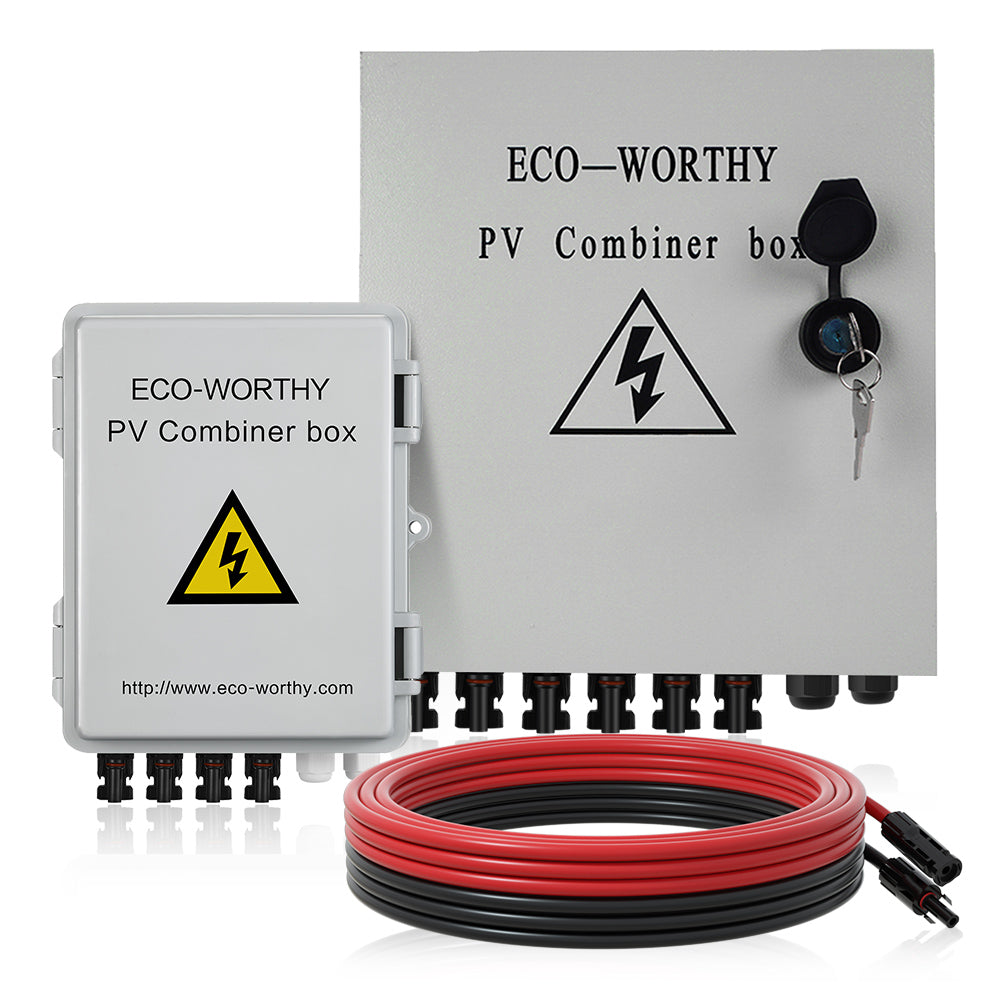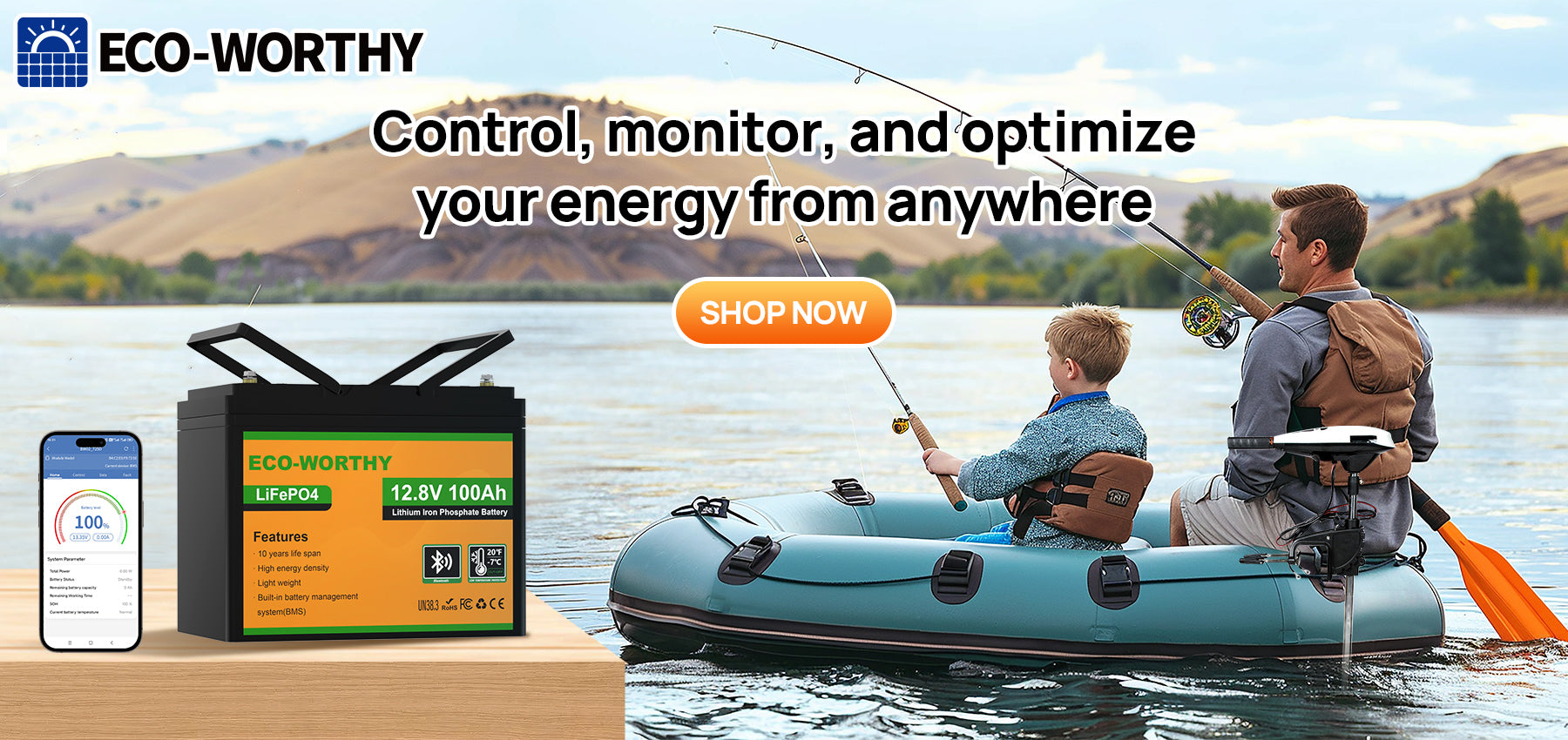Solar panels can elevate any recreational vehicle (RV) experience to the next level by providing a reliable and sustainable power source. With proper installation and maintenance, these panels can provide electricity for all onboard appliances, making your trips more comfortable and enjoyable. However, with so many RV solar panel kit options available on the market, choosing the right one for your vehicle can be overwhelming. This guide provides an overview of RV solar panels, their pros and cons, and everything you need to know before purchasing.
Pros and Cons of Using Solar Panels for Your RV
Having solar panels on your RV has its fair share of benefits and drawbacks. Understanding these can help you decide whether they fit your vehicle and travel needs well. Some of the notable pros and cons of using RV solar panels are:
Pros:
- Cost Savings: Using solar panels can significantly reduce your reliance on traditional electricity sources, such as generators or shore power. This can result in cost savings over time and allows for more affordable long-term travel.
- Ecological Benefits: Solar panels use renewable energy from the sun, making them a greener alternative to traditional sources of electricity. This reduces your carbon footprint and helps preserve the environment for future generations.
- Quiet and Clean Energy Source: Solar panels do not produce noise or emit harmful fumes, unlike generators. This makes them ideal for camping in quiet and pristine locations and for avoiding the hassle of refuelling and maintenance.
- Convenient and Easy to Use: Once installed, solar panels require minimal effort on your part. They are easy to use and can provide a continuous source of electricity without interrupting your trips.
Cons:
- High Initial Investment: The initial cost of purchasing and installing RV solar panels can be quite high. Depending on the type and size of panels and additional accessories such as batteries and controllers, you may need to spend several thousand dollars upfront.
- Weather Dependence: Solar panels require sunlight to generate electricity, which means they are weather-dependent. If you frequently travel in cloudy or rainy areas, your panels may not be able to produce enough power to meet your needs.
- Limited Storage Capacity: Solar panels can only generate a certain amount of electricity at a time, which must be stored in batteries for later use. If you have a high energy demand or limited battery storage capacity, you may need to supplement with other sources of electricity.
- Maintenance Required: While solar panels do not require much maintenance, they do need to be kept clean and free of debris to ensure maximum efficiency. This may require climbing on the roof of your RV periodically, which can be a challenge for some individuals.
Requirements for RV Solar Panel
The solar panels installed on homes operate on the same principle as those for RVs. Essentially, photovoltaic (PV) cells transform sunlight into electricity, offering a renewable energy source for your use. However, residential rooftop panels tend to be larger and heavier than RV panels. Moreover, the best solar panels for residential use boast higher wattages and voltage outputs, ensuring sufficient power for an entire household.
Here's a table to compare the differences between RV and home solar panels:
|
Feature |
RV Solar Panel |
Home Solar Panel |
|
Size and Weight |
Smaller and lighter to fit on an RV roof. The dimensions are usually 40 inches by 20 inches. |
Larger and heavier, and the standard size is 66 inches by 40 inches. |
|
Wattage Output |
Lower wattage output, typically with 100 watts. |
Higher wattage output that can range from 350-400 watts. |
|
Voltage Output |
Lower voltage output, typically less than 20 volts. |
Higher voltage output, usually over 30 volts. |
|
Cost |
Less expensive due to smaller size and lower wattage. Can range from $100-$500 per panel. |
More expensive due to larger size and higher wattage. Can range from $500-$1000 per panel. |
Types of Solar Panels for an RV
It is also important to note that different types of solar panels are available for RV use. The most common types include monocrystalline, polycrystalline, and thin-film panels. Each type has its advantages and disadvantages, so it's important to research and determine which one best suits your needs.
Monocrystalline
Monocrystalline panels are known for their high efficiency and durability. They are made from a single silicon crystal, allowing them to have a uniform dark colour and more efficiently convert sunlight into electricity. These panels also tend to have a longer lifespan than other types, making them a popular choice among RV owners.
Polycrystalline
Polycrystalline panels are made from multiple silicon crystals, giving them a distinct blue colour. They are less efficient than monocrystalline panels but are more affordable. These panels are a good option for RV owners on a budget or those with limited roof space.
Thin-Film
Thin-film panels are the most lightweight and flexible option for RV use. They are made from layers of photovoltaic materials, making them more affordable and easier to install than other types. However, they also have a lower efficiency rate and may require more panels to generate the same power.
How Many Solar Panels Do You Need?
To calculate the optimal number of solar panels required to power an RV, it's essential to consider your energy usage and the panel's wattage. Begin by estimating the total watt-hours (Wh) necessary to run your devices. This can be achieved by multiplying the wattage of each device by the number of hours you use it daily, as demonstrated below:
|
Device |
Power Consumption |
Hours per Day |
Watt-Hours (Wh) per Day |
|
LED Lights |
5 watts |
4 hours |
20 Wh |
|
Refrigerator |
100 watts |
8 hours |
800 Wh |
|
Laptop |
50 watts |
6 hours |
300 Wh |
|
Smartphone Charger |
20 watts |
2 hours |
40 Wh |
|
TV |
80 watts |
3 hours |
240 Wh |
|
Fan |
50 watts |
5 hours |
250 Wh |
Total Energy Consumption: 1120 Wh per day
Next, determine the wattage of the solar panels you plan to use. Assume each panel is rated at 250 watts and your estimated daily energy consumption is 1120 watt-hours (Wh). To accurately calculate the number of solar panels required, take into account the average duration of sunshine, which we'll say is 4 hours per day.
Here’s how to calculate it:
Total Daily Energy Needed=Daily Consumption/(Panel Wattage×Sunshine Hours)

This calculation indicates that approximately 1.12 solar panels are needed to meet the daily energy requirement. Since you cannot install a fraction of a panel, round up to the nearest whole number. Therefore, you would need 2 solar panels to cover your energy needs.
Also, keep in mind that some devices may have higher wattage requirements than others. For example, using a hair dryer or electric stove will consume much more energy than an LED light. It's essential to consider these factors and adjust your numbers accordingly.
Conclusion
Truly, solar energy is a game-changer for RV enthusiasts. With advancements in technology and increasing affordability, harnessing the power of the sun is now more accessible than ever. By understanding your energy needs, calculating your consumption, and choosing the right panels, you can enjoy a sustainable and cost-effective lifestyle on the road.
If you're ready to take the next step in equipping your RV with solar power, consider the various solar panels available at ECO-Worthy. The different choices available will ensure you find a suitable option for a reliable and efficient solar power system for your RV.















